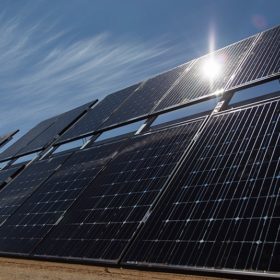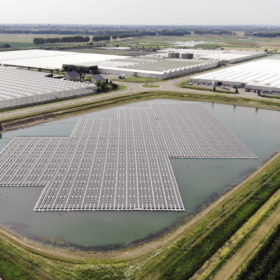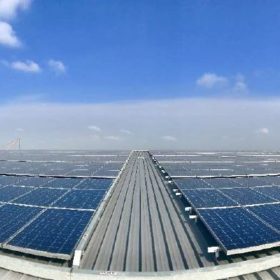Railways sets up a solar plant to directly power the traction network
The 1.7 MWp solar project—in Bina town of Madhya Pradesh—has been installed by Bharat Heavy Electricals Limited (BHEL) to feed the Railways’ overhead traction system directly.
The long read: Shadow boxing
The amount of non-uniform shading an array will experience determines the technology choices that can be made. However, it can be complicated to formulate more general rules for when to use what type of technology. Most would agree that module-level power electronics are better at handling non-uniform shading, but how do they handle the sun? A recently promoted study brought the discussion into sharp relief.
Prioritising clean energy will be key to economic recovery
Cost savings associated with switching to least-cost energy solutions like wind and solar can be redeployed for economic recovery. At the same time, building resilience on fronts like energy system design and supply-chain management is crucial to deal with unexpected shocks and crises.
Indian Railways tenders 1 GW ground-mount solar
Developers have until September 1 to bid for the tendered capacity that shall come up along railway tracks on railway land in various states.
Designing behind-the-meter solar-plus-storage program for India
A new report outlines key considerations for Indian regulators and other stakeholders when designing behind-the-meter distributed solar-plus-storage system programs, based on evidence from similar programs in the United States.
India’s renewable energy revolution serves as a model for the world
The country—aiming for a renewable power target of 450 GW by 2030—has emerged as the world’s largest and most competitive clean energy auction market.
Singapore’s Cleantech Solar secures US$75 million green loan from ING Bank
The commercial and industrial solar developer, which commands a significant share in the Indian market, will use the amount to fund rooftop PV installations for corporates across Southeast Asia.
Energy and Economy: Rewriting the Indian story for the World
India is running the world’s largest renewable energy expansion program with a mind-boggling target of 450 GW by 2030. Can the country with a growing energy demand do more than this? Can it do what developed countries should have done years ago?
Andhra Pradesh allocates 57% of energy budget to ‘free power for agriculture’ scheme
The overall energy outlay of Rs 6984.73 crore for the year 2020-21 is much lower than 2019-20’s revised estimate of Rs 11,639 crore.
Indian Railways tenders 400 MW of grid-connected solar
Bidders have until September 16 to pitch for generation capacity which can be installed on vacant land owned by the rail company nationwide.












